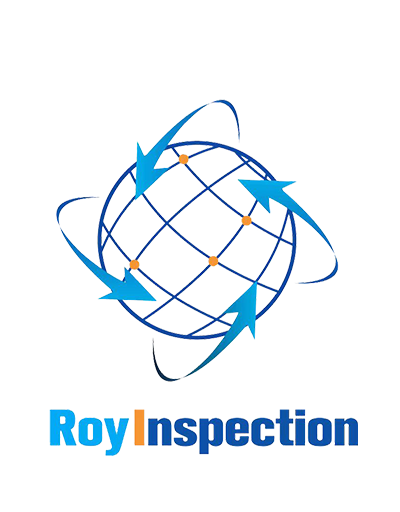The Significance of end line inspection in garment industry
In the garment industry, the end line inspection is a crucial process that ensures the products meet the required quality standards before shipping. Manufacturers and retailers have high expectations from their suppliers when it comes to product quality, and end line inspection is one of the final steps to get this right before delivery. This article explores the importance of end line inspection in garment industry.
What is End Line Inspection in Garment Industry?
End line inspection is the final process in garment production that takes place before shipment. It is a quality control process that involves checking garments for defects, ensuring that they meet the company's quality standards, and making sure they are presentable and free from any defects before shipment. The end line inspection involves not only checking the final product but also reviewing paperwork, such as orders and shipping documents.
The Purpose of End Line Inspection in Garment Industry
The primary purpose of end line inspection is to ensure that the final product meets the quality standards expected by the client and end-users. The inspection includes checking for any defects, damages, or faults in the garment, measurements, labeling, and packaging. This process also checks that the order quantity and delivery date are accurate, and that the product meets the client's requirements.
The Process of End Line Inspection in Garment Industry
The end line inspection process in the garment industry is a detailed one. It includes three stages; first, visually inspecting garments for any defects such as holes, stains, or mismatched colors. The second stage is to measure the garments to ensure that they meet the required measurements and quantity. In the final stage, the packaging, labeling, and shipping documents are checked to ensure they meet specific requirements.
The Benefits of End Line Inspection in Garment Industry
The benefits of end line inspection are many. Firstly, it ensures the products meet the necessary quality standards. Secondly, it minimizes the risk of returns and recalls due to quality issues, resulting in client dissatisfaction and loss of revenue. Thirdly, it creates goodwill and long-lasting relationships between manufacturers and retailers by ensuring quality control measures are in place.
The Importance of Training in End Line Inspection
It is essential to have trained personnel to carry out an end line inspection effectively. Training employees on quality control procedures and best practices for conducting inspections will enable them to detect the slightest defect. Training employees can also reduce the margin of error, increasing the accuracy of the inspection process.
The Role of Technology in End Line Inspection in Garment Industry
Technology plays a significant role in end line inspection. There are various tech-powered solutions that not only help identify defects but also provide data for better production processes. These automated inspection systems use cameras and sensor technologies to identify the smallest of defects and take corrective actions if required.
The Cost of Skipping End Line Inspection
Skipping end line inspection can be costly for the manufacturer. A product quality issue may lead to returns, recalls, or damage to the brand's reputation. In addition, the cost of managing a quality issue can be up to five times the cost of preventing it from occurring in the first place. Hence, the cost of inspection is insignificant compared to the cost of lost business and damage control measures.
The Importance of Continuous Improvement in End Line Inspection
Continuous improvement in end line inspection is essential to maintain the necessary quality standards. It is essential to review and analyze data gathered during inspections to identify gaps and make changes that will improve the inspection process and reduce the margin of error.
Challenges in End Line Inspection in Garment Industry
The garment industry faces several challenges when it comes to end line inspection. Some of these challenges include training personnel, the complexity of the inspection process, and keeping up with changing quality standards and client requirements. Additionally, some products may require specialized checks due to the nature of their design or material. Overcoming these challenges requires investment in personnel training, technology, and procedures to ensure quality standards are met.
Conclusion
End line inspection is integral to ensure the quality of the final product in the garment industry. It involves checking garments for defects, ensuring compliance with the client's requirements, and finalizing the paperwork before shipment. Investing in personnel training, technology, and procedures can help manufacturers ensure the necessary quality standards are met while maintaining cost efficiency and client satisfaction.

